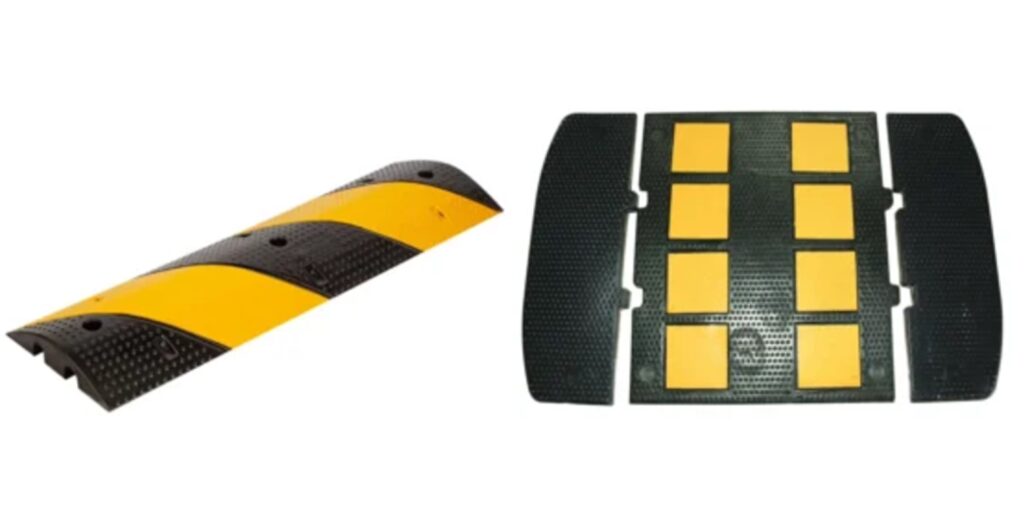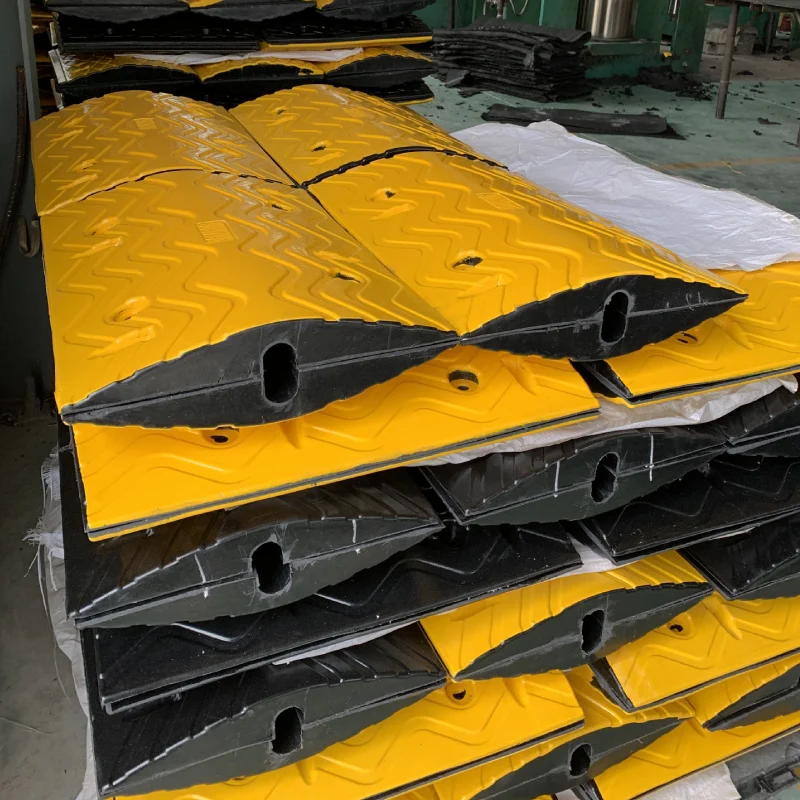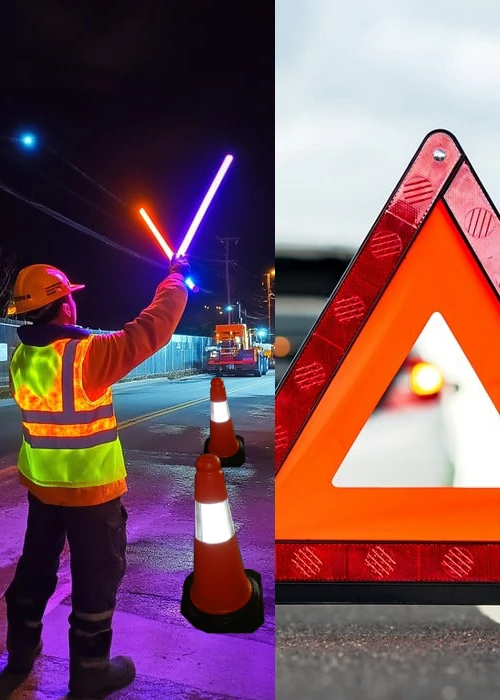Rubber Speed Bumps vs. Speed Humps: Key Differences & Best Uses
In modern road systems, speed control is critical to keeping pedestrians, drivers, and infrastructure safe. Among the most effective traffic calming devices are rubber speed bumps, which also go by the names traffic thresholds or road humps. While these devices are commonly seen on roads worldwide, many people may not realize they come in diverse types, shapes and sizes, each designed for specific traffic conditions and purposes.
What Are Speed Bumps and Speed Humps?
Both speed bumps and speed humps are road devices used to reduce the speed of vehicles. However, their design, height, and intended use vary.
Key Differences Between Rubber Speed Bumps and Speed Humps
Design and Dimensions
- Rubber speed bumps are narrower and taller structures, typically ranging from 5-7.6 cm in height and 25.5-30.5 cm in width.
- Speed humps, on the other hand, are wider and flatter, measuring 3.8-5 cm in height and 51 cm in width.
Impact on Vehicle Speed
- Speed bumps create a sharp, jarring sensation when driven over. They are typically used in environments where extreme speed control is necessary, such as crosswalks, schools, and churches. They force drivers to reduce speed to 5-10 km/h.
- Speed humps encourage drivers to gradually slow down to 10-20 km/h, offering a smoother experience. They are ideal for areas where a consistent flow of traffic is needed, like residential neighborhoods or parking lots.
Best Use Cases for Speed Bumps and Humps
- Speed bumps are better suited for areas that require immediate and extreme speed reduction. These include crosswalks, schools and churches.
- Speed humps are more appropriate for areas requiring slower driving but not necessarily a full stop, such as residential streets and parking lots. They are also emergency vehicle-friendly, allowing ambulances or fire trucks to pass without compromising response times.

How to Choose the Right Traffic Control Solution
While both rubber speed bumps and speed humps serve the same purpose—traffic calming—they do so in different ways and in different places. Choosing the right one depends on your specific environment, target speed, and traffic type. In a word, when you need to stop drivers in their tracks, use a rubber speed bump; when you want to encourage slower, smoother driving, choose a speed hump. After deciding whether a speed bump or a speed hump suits your needs, several additional factors must be considered before installation.
1. Road Surface Evaluation
- For wide, flat roads: Longer, continuous units are ideal—they span multiple lanes evenly, ensuring consistent speed control.
- For crowned roads (higher center): Shorter, segmented models work better.
2. Material Selection
Choose between the two most common options:
- Recycled Rubber:
- Slightly flexible for a smoother ride
- Matte finish blends naturally into roads
- Highly durable and weather-resistant
- Recycled Plastic:
- Firmer structure for more pronounced speed reduction
- Clean, defined appearance for a polished look
- Equally durable but may suit urban settings better
While both perform well in daily use, the final decision often comes down to your aesthetic preferences and visual consistency with the surrounding environment.
3. Visibility Enhancements
You need to consider whether visibility is your primary consideration:
- Reflective strips: Improve nighttime visibility
- High-visibility paint: Provides clear daytime warnings
Why BestWay? Your Go-To Source for Traffic Calming Devices
We offer a comprehensive selection of rubber speed bumps and speed humps in multiple styles and sizes for your diverse needs. Crafted from 100% recycled rubber or plastic, our eco-friendly products combine sustainability with durability. They’re easily installed and removable for snow plowing or pavement maintenance. Want tailored product suggestions?
Explore our full range of traffic calming devices and contact us for tailored product suggestions based on your location and needs.
FAQs
1. Will a Speed Hump or Speed Bump Damage My Vehicle?
Generally, no. As long as you drive over them at the recommended speed, speed humps and bumps won’t damage your vehicle. They are designed to slow down vehicles, not harm them.
However, if you drive too fast or your vehicle has very low ground clearance (like a sports car), there’s a higher risk of scraping the undercarriage or bumper.
2. What is the Maintenance Cycle for Speed Humps/Bumps?
- Rubber/plastic speed humps/bumps should be checked for secure fastenings every 2-3 years to ensure they remain firmly in place.
- Asphalt/concrete humps/bumps require periodic inspection for cracking or wearing down.
3. How to Reduce Noise from Speed Humps and Bumps?
To reduce noise, choose speed humps made of rubber material, which helps minimize the impact sound when vehicles pass over them.


